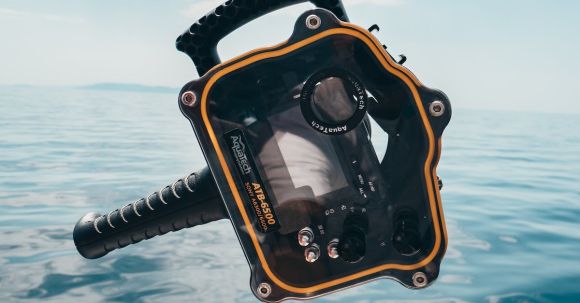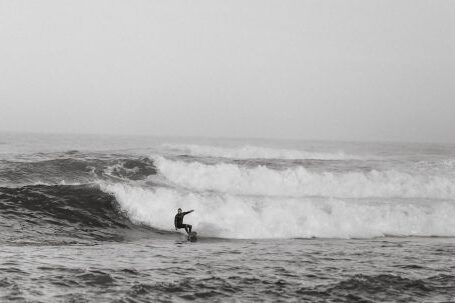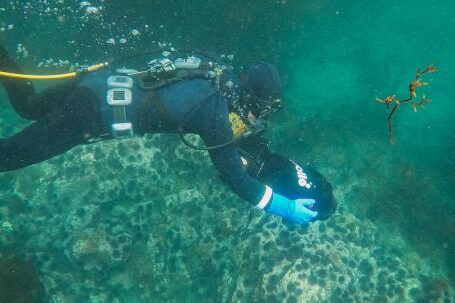Diving is an exhilarating sport that allows us to explore the wonders of the underwater world. However, diving in challenging conditions can be risky if not approached with caution and proper preparation. Whether it’s strong currents, low visibility, or rough seas, here are some essential tips to help you safely navigate through these challenging dive conditions.
1. Assess the Conditions
Before heading out for a dive, it’s crucial to assess the conditions. Check the weather forecast, tide charts, and consult with local dive operators or experienced divers. Pay attention to factors such as wind speed, wave height, and water temperature. By understanding the conditions, you can make an informed decision about whether it’s safe to proceed with the dive.
2. Plan Your Dive
When diving in challenging conditions, proper planning is key. Make sure to have a detailed dive plan that includes factors like the depth, dive time, and entry and exit points. Consider the direction and strength of the current, as it will affect your navigation underwater. It’s also important to have a backup plan in case conditions worsen during the dive.
3. Use the Right Equipment
Having the right equipment is essential when diving in challenging conditions. Make sure your gear is in good working order and properly maintained. Consider using a dive computer or compass to help with navigation. Additionally, using a surface marker buoy can make it easier for your dive buddy or boat to locate you in low visibility or rough seas.
4. Maintain Proper Buoyancy
Maintaining proper buoyancy control is crucial when diving in challenging conditions. Strong currents or rough seas can make it difficult to stay at your desired depth. Practice controlling your buoyancy in calm conditions before attempting dives in challenging environments. This will help you stay in control and avoid unnecessary strain or exhaustion.
5. Keep a Close Eye on Your Dive Buddy
Diving in challenging conditions can increase the risk of losing sight of your dive buddy. Make sure to establish and maintain good communication before and during the dive. Use hand signals and keep close proximity to each other. If you do get separated, follow your pre-determined procedures for reuniting. It’s also important to have a contingency plan in case you become separated and need to surface alone.
6. Be Mindful of Your Air Consumption
In challenging conditions, such as strong currents, you may find yourself exerting more effort and using up your air supply faster than usual. Keep a close eye on your air consumption and plan your dive accordingly. It’s always better to end the dive with ample air rather than pushing the limits and risking an unsafe ascent.
7. Stay Calm and Adapt
Challenging dive conditions can be intimidating, but it’s important to stay calm and adapt to the situation. Panic can lead to poor decision-making and increase the risk of accidents. Remember to breathe slowly and deeply, and focus on your training and experience. If conditions become too challenging, don’t hesitate to abort the dive and surface safely.
In conclusion, diving in challenging conditions requires careful planning, proper equipment, and a calm and adaptable mindset. By assessing the conditions, planning your dive, using the right equipment, maintaining proper buoyancy, keeping a close eye on your dive buddy, being mindful of your air consumption, and staying calm and adaptable, you can safely navigate through challenging dive conditions. Always prioritize your safety and the safety of your dive buddy. Happy and safe diving!





